In the figure 'angle dotB=angle D=angle E C A=90^(circ)'
'B C=D C=4' centimetres. 'E D=3' centimetres.
a) What is the length of EC?
b) If 'angle ECD=x_i' find 'angle ACB',
c) Find the lengths of AE.
d) 'CE: AC: AE=' mes '' '(##VPU_HSS_MAT_IX_C07_E04_006_Q01##)'Solution in Malayalam
Step by step video & image solution for In the figure 'angle dotB=angle D=angle E C A=90^(circ)' 'B C=D C=4' centimetres. 'E D=3' centimetres. a) What is the length of EC? b) If 'angle ECD=x_i' find 'angle ACB', c) Find the lengths of AE. d) 'CE: AC: AE=' mes '' '(##VPU_HSS_MAT_IX_C07_E04_006_Q01##)' by Maths experts to help you in doubts & scoring excellent marks in Class 9 exams.
Updated on:21/07/2023Topper's Solved these Questions
Similar Questions
Find the distance between the two points on the number line, denoted by each pair of numbers given below:
i) 1,−5.
ii) 12,23
iii) −12,−13.
iy) −12,34
View SolutionThe weight of 6 players in a volley ball team are all different and the average weight is 60 kilograms
i) Prove that the team has at least one player weighing more than 60 kilograms.
ii) Prove that the team has at least one player weighing less than 60 kilograms.
View Solutionकारन देते हुवे कोण a, b, c, d और e ज्ञात कीजिय :
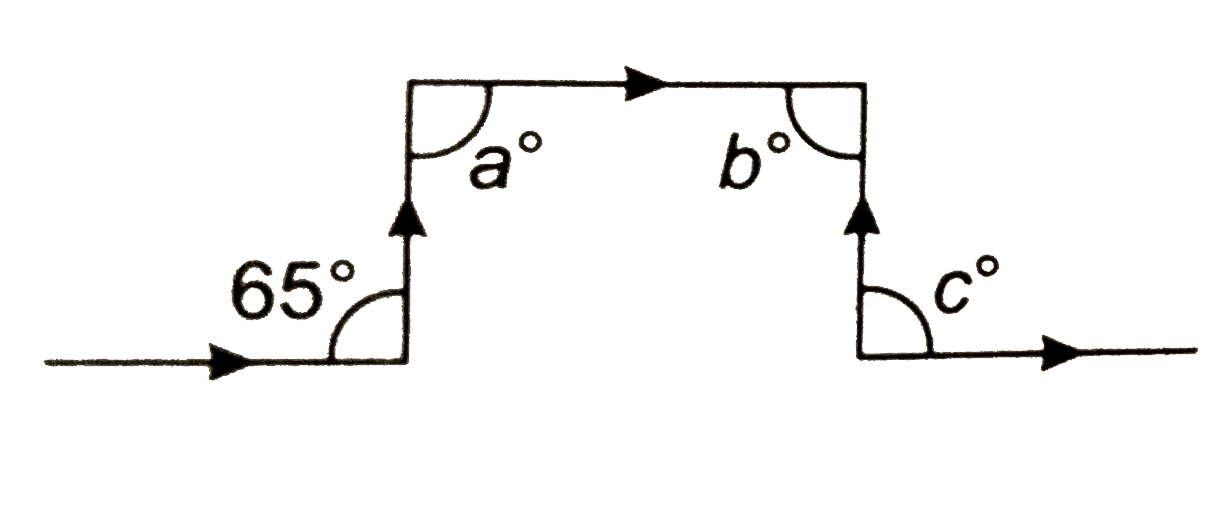
View Solutionकारन देते हुवे कोण a, b, c, d और e ज्ञात कीजिय :
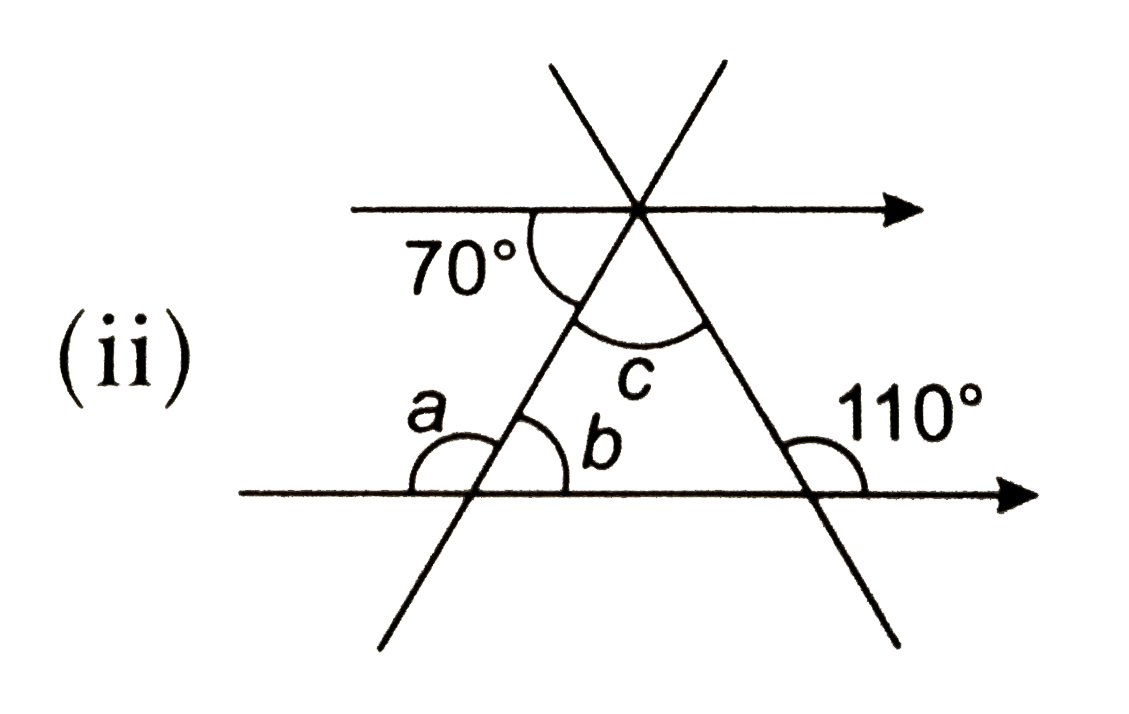
View Solutionकारन देते हुवे कोण a, b, c, d और e ज्ञात कीजिय :
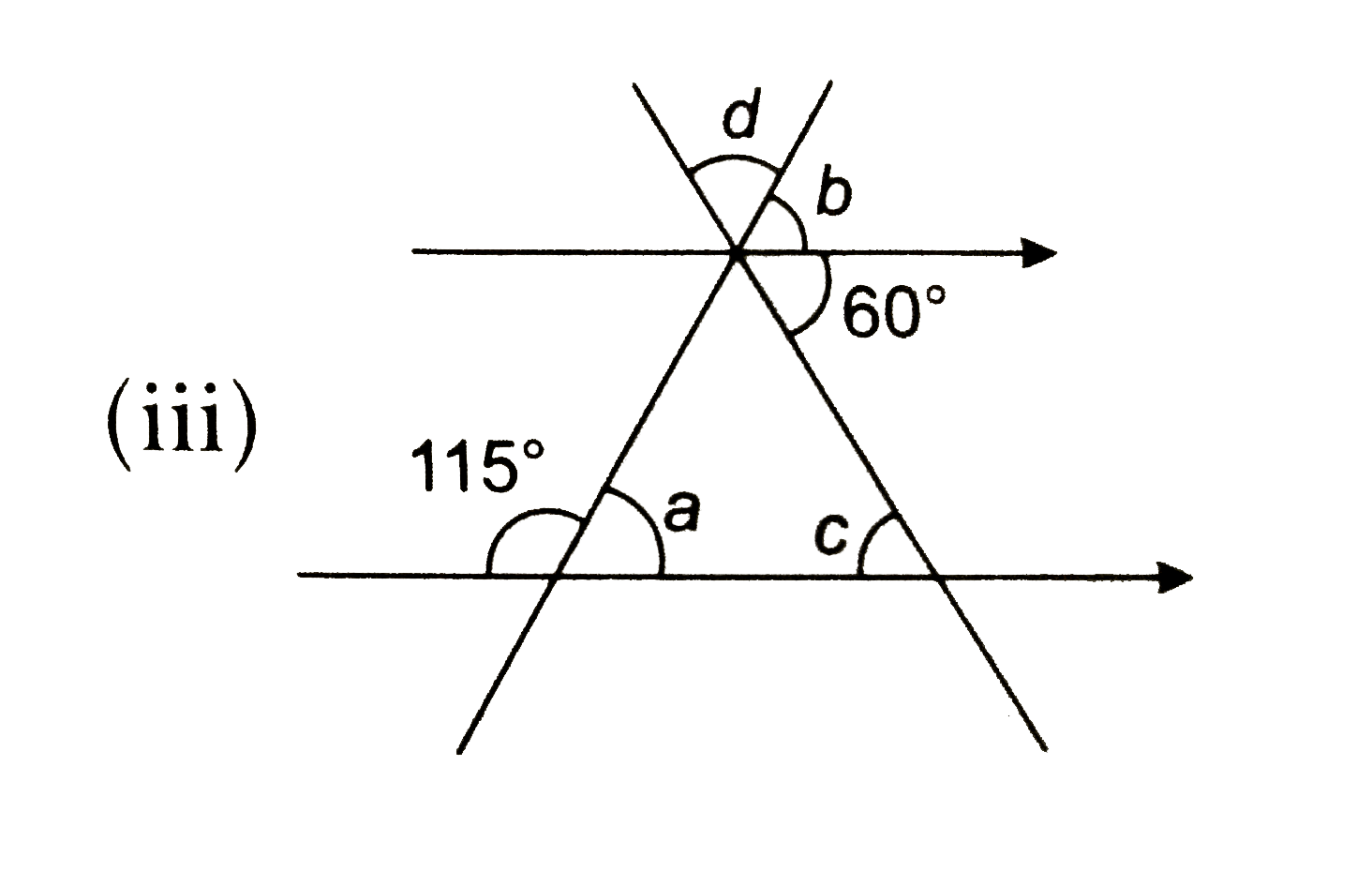
View Solutionकारन देते हुवे कोण a, b, c, d और e ज्ञात कीजिय :
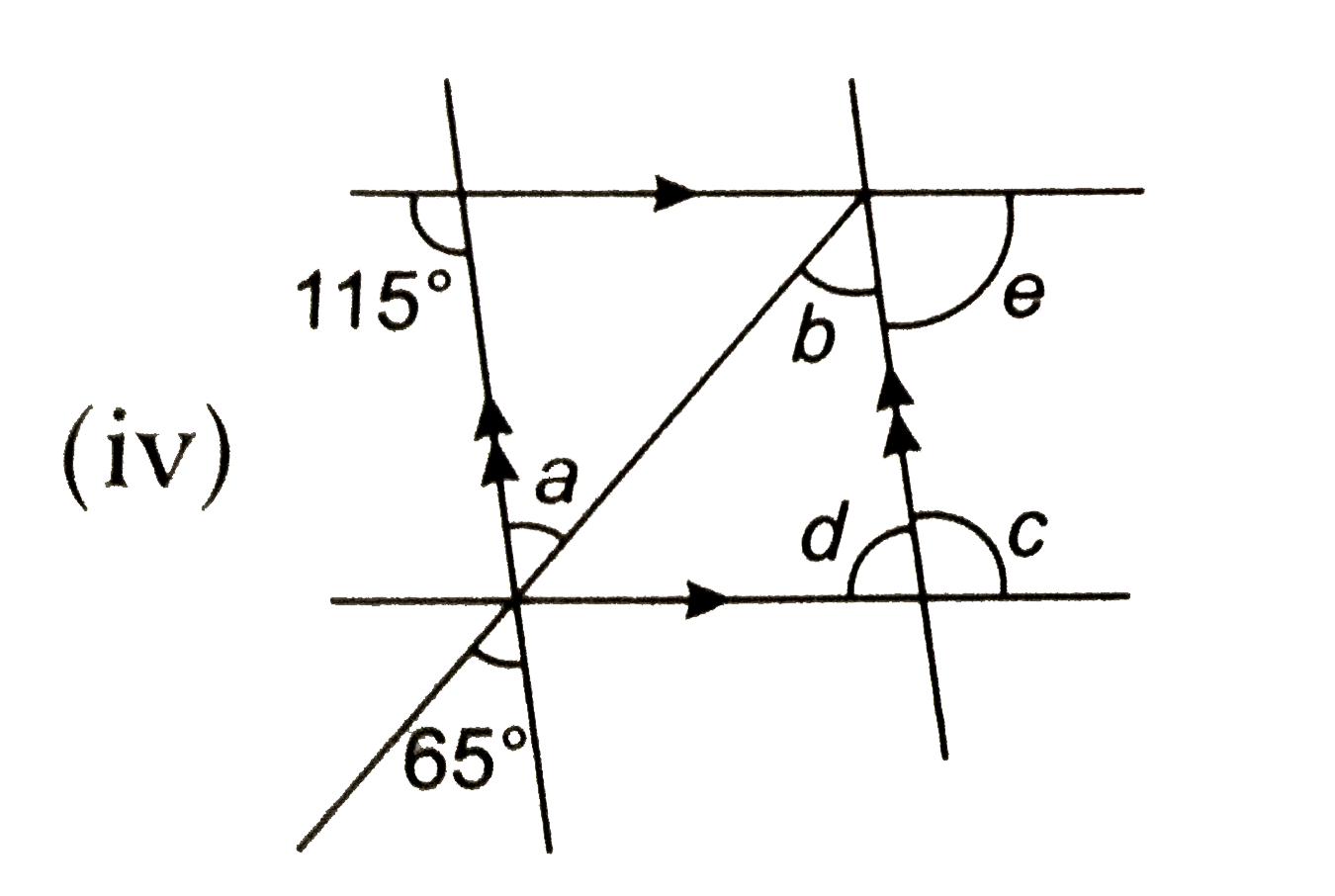
View SolutionIn given figure, A, B, C and D are four points on a circle. AC and BD intersect at a point E such that ∠BEC=130∘and∠ECD=20∘. Find angle BAC.

View SolutionIn Fig. ABC is right angled at C and DE⊥AB . Prove that ABC∼ADE and hence find the length of AE and DE
View SolutionIn the given figure, A, B, C and D are four points on a circle. AC and BD intersect at a point E such that ∠BEC=130∘and∠ECD=20∘. . Find ∠BAC.
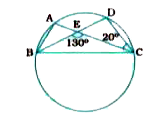
View SolutionIn Figure 6.7, angle D=angle E And (AD)/(DB)=(AE)/(EC) is. Prove that BAC is an isosceles triangle.
View SolutionFind correct features w.r.t. most advanced type of placentation. Br a. Parietal in Argemone. Br b. Basal in cereals. Br c. Axile in solanaceae. Br d. Unilocular ovary. Br e. Ovary with single ovule
View SolutionIn a ΔABC,∠C in an obtuse angle . The bisectors of the exterior angles at A and B meet BC and AC produced at D and A respectively . If AB=AD=BE. Find ∠ACB .
View SolutionFind angle a,angle b, angle c, angle d, angle e in the figure?
View SolutionIn the figure, angle B=angle C=90^(circ) , AB=CE and B E=C D . Compute the angles of Delta AED
View SolutionIn the figure, ∠ABC=∠ADC and AB=AD. Prove that ΔBCD is an isosceles triangle.
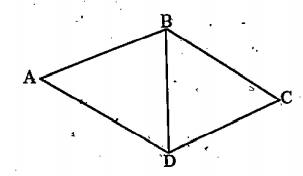
View SolutionIn △ABC, the angle at B is right . Its area is 48 square centimetres
and the length of BC is 8 centimetres. The side of BC is "extended by
6 centimetres to D : What is the area of ΔADC ?
'
View Solution
